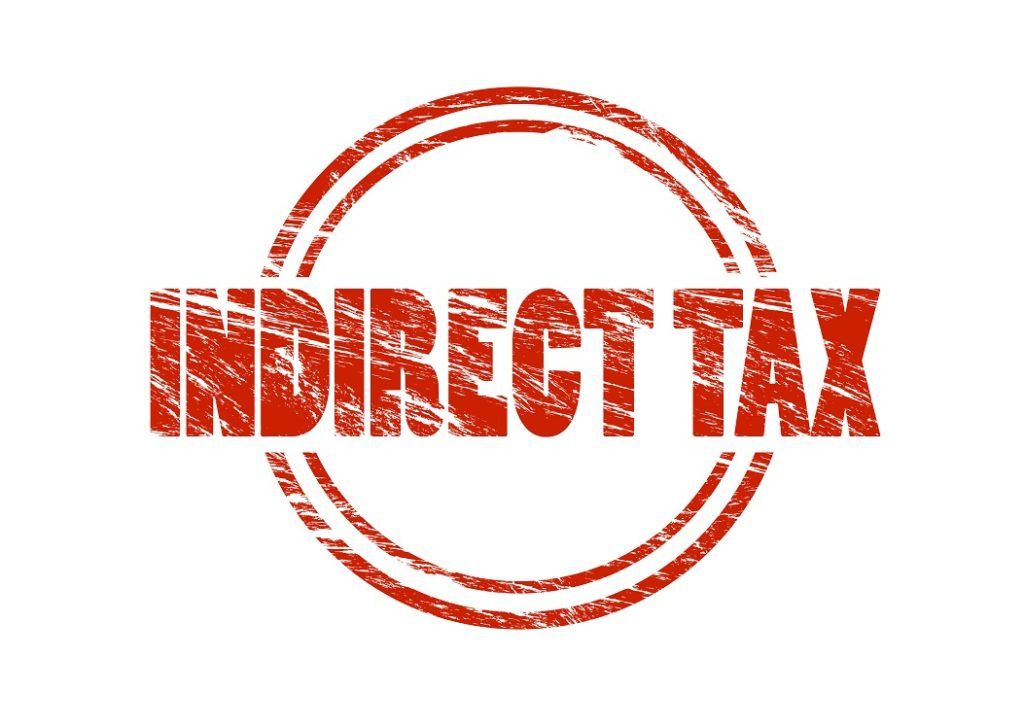Indirect Taxes
Taxes that can be passed on to another entity or individual
What are Indirect Taxes?
Indirect taxes are basically taxes that can be passed on to another entity or individual. They are usually imposed on a manufacturer or supplier who then passes on the tax to the consumer. The most common example of an indirect tax is the excise tax on cigarettes and alcohol. Value Added Taxes (VAT) are also an example of an indirect tax.

Types of Indirect Taxes
What many people are not aware of is that practically everyone pays taxes, especially indirect taxes. This is because taxes are imposed on almost all the products that we consume. Here are some of the types of indirect taxes.
1. Sales tax
Whenever people go to the malls or department stores to shop, they are already about to pay indirect taxes. Goods such as household items, clothing, and other basic commodities are subject to such types of taxes. Upon payment at the counter, the final sale price is padded with a sales tax that the store collects and pays to the government.
2. Excise tax
Excise tax is also very common. When a manufacturer buys the raw materials for the company’s products, for example, tobacco for cigarette companies, they already need to pay indirect taxes on the items. Through a part of the normal course of business, the manufacturer can pass on the burden to the consumers by selling the cigarettes at a higher price.
3. Customs tax
Ever wonder why imported products are expensive? It is because of customs tax. When a container filled with bananas from another country enters the US, the importer pays a tax (customs tax), which is then passed on to consumers.
4. Gas tax
Yes, buying gasoline for vehicles contains an indirect tax.
Example of Indirect Taxes
Let us use the example of VAT to illustrate how an indirect tax is imposed. Say, for example, John goes to the outlet store to buy a refrigerator that’s priced at $500. When he asks the sales representative, he or she will declare the sale price, which is $500, and that is the right answer.
The refrigerator’s real value is actually less than that, but because a VAT has been added (usually 10% to 20%), the sale price is now $500. If John looks at his receipt, he will see the actual price of the refrigerator before the tax was added. It is the manufacturer of the unit or item who collects the tax from the sale price and pays it to the government.
Advantages
Taxes may sound like an added burden for consumers, but indirect taxes are not always just a negative thing. Here are some of their advantages:
1. The poor can do their share
Unlike direct taxes that usually exempt the poor, indirect taxes allow them to actually contribute their part in collecting funds for a country or state.
2. They aren’t very obvious
Indirect taxes, as they are incorporated in the sale price of an item, are not very obvious. People don’t feel they are being taxed simply because the tax comes in small values. Plus, add the fact that they are not indicated in the price tag, but can only be seen on the purchase receipt. Also, they can be avoided by not buying the goods.
3. Collection is easy
Unlike direct taxes where documents need to be accomplished and filing is required, indirect taxes are paid the moment a consumer buys a product. The tax is collected by the supplier and paid to the government.
4. Discourages consumption of harmful products
Alcohol and cigarettes are heavily taxed. By taxing such products, people are discouraged by their price, thereby saving them from consuming harmful items.
Indirect vs. Direct Taxes
Indirect taxes and direct taxes differ in many ways, but the most common is how they are paid.
- From the name itself, direct tax is paid directly to the government while the indirect tax is paid indirectly. It means that though it is imposed on a particular company or supplier that can pass the tax on to consumers, ultimately transferring the burden to the latter.
- Direct taxes, on the one hand, are taken from an individual’s earnings, while indirect taxes are imposed on goods that consumers buy. Furthermore, direct taxes are calculated based on the paying capacity of the individual. Indirect taxes, on the other hand, do not look at the consumer’s ability to pay but are the same for everyone who buys the goods or services.
- Examples of indirect taxes are excise tax, VAT, and service tax. Examples of direct taxes are income tax, personal property tax, real property tax, and corporate tax.
Additional Resources
Thank you for reading CFI’s guide to Indirect Taxes. To keep learning and advancing your career, the additional CFI resources below will be useful: